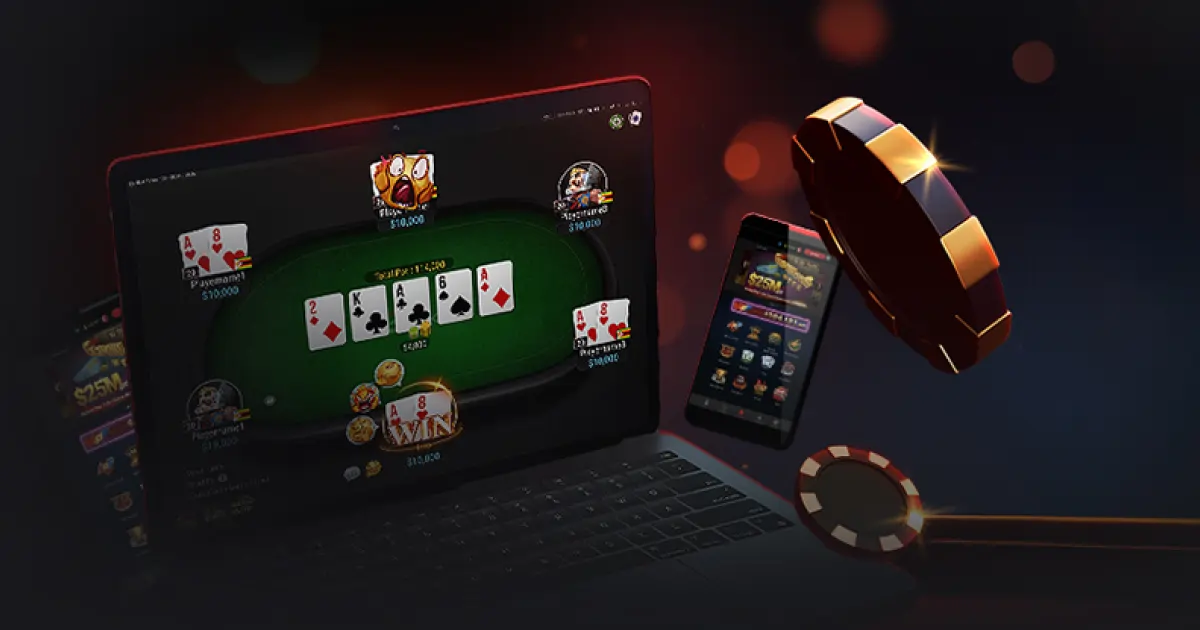Eat and Run Police is an engaging and fast-paced casino game that combines strategy, quick decision-making, and a touch of luck. While not as widely known as traditional casino games like blackjack or roulette, it has gained popularity in certain gaming circles for its unique gameplay and interactive elements. Understanding the rules, strategies, and casino etiquette is essential for players looking to enjoy the game and maximize their chances of success.
Basic rules of the game
The primary objective of Eat and Run Police (먹튀폴리스) is to accumulate points while avoiding penalties. Players take turns “eating” tokens or cards that represent various point values. Certain moves trigger the “police” element, which can result in the loss of points or a temporary pause in play. The game continues until all tokens or cards have been claimed, and the player with the highest score at the end wins. Familiarizing yourself with the rules before sitting at the table ensures smoother gameplay and enhances the overall experience.
Setting up the game in a casino
In a casino setting, Eat and Run Police is typically set up with a dealer managing the tokens or cards and enforcing game rules. The table layout includes clearly marked sections for point values, special action spaces, and police triggers. Players are assigned positions around the table, and the dealer explains the rules, distributes starting tokens, and oversees the flow of the game. Proper setup is crucial for maintaining fairness and keeping the game exciting for all participants.
Player strategies
Successful gameplay in Eat and Run Police involves a combination of observation, strategic planning, and risk assessment. Players should monitor the moves of others to anticipate potential police triggers and maximize their point accumulation. Deciding when to “eat” high-value tokens versus safer options can be critical, as aggressive moves may lead to penalties. Experienced players often balance caution with calculated risk-taking to maintain an advantage while minimizing losses.
Understanding the police element
The police aspect of the game adds unpredictability and excitement. Certain moves or combinations of tokens trigger a “police action,” which can penalize players by reducing their points or temporarily removing them from the round. Recognizing which actions trigger police intervention and planning moves accordingly is key to success. This element encourages players to think ahead, consider the timing of their moves, and adapt quickly to changing circumstances on the table.
Casino etiquette and tips
As with any casino game, proper etiquette enhances the experience for everyone. Players should respect turn order, avoid interfering with others’ moves, and follow the dealer’s instructions. Maintaining a polite and friendly demeanor, even in competitive situations, contributes to a positive atmosphere. Additionally, managing your betting or token allocation carefully ensures that you can participate throughout the game without exhausting your resources too quickly.
Practice and observation
For beginners, observing experienced players and practicing in casual or low-stakes settings can be beneficial. Watching how seasoned players handle police triggers, timing, and strategic choices provides insight into effective gameplay. Practice builds confidence, improves decision-making speed, and allows players to develop personal strategies tailored to their play style.
Conclusion
Eat and Run Police offers a unique and entertaining experience in a casino environment, blending strategy, quick thinking, and chance. By understanding the rules, mastering the police element, and applying strategic decision-making, players can enjoy the game while enhancing their chances of success. Whether for casual fun or competitive play, following proper etiquette, observing experienced players, and practicing regularly ensures that Eat and Run Police remains an engaging and rewarding casino game for all participants.





